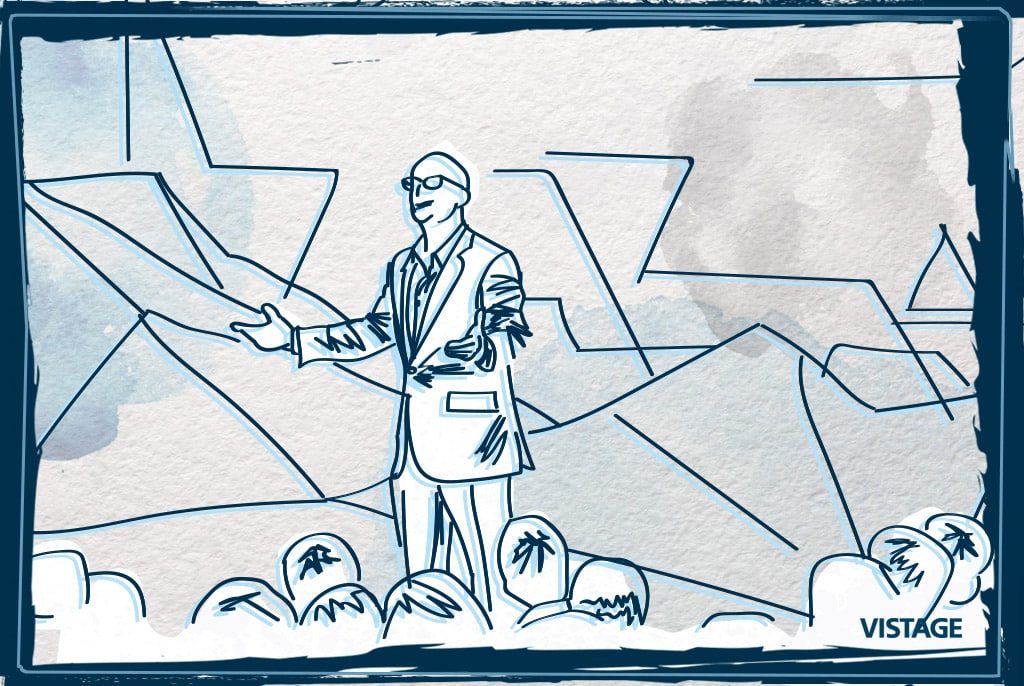Public Speaking for Executives: The Original Social Media

You’re blogging. You’re tweeting. You’re linked in. You’re creating videos and articles and ezines.
All of that is great but let’s not forget that social media is – first and foremost – social! It’s personal. And that person is YOU.
The ultimate test of a thought-leader is the answer to one simple question: When you open your mouth, do people listen? Online, offline, in person, via email, via Skype, on Slideshare, on YouTube. The media doesn’t matter. The messenger (aka YOU) matters a whole lot more.
If Benjamin Franklin had social media, would he use it? You bet. Would it work for him? Absolutely. How can we be sure? Because when old Ben opened his mouth back in the 1770′s and 1780′s – people listened. The same could be said for Plato, Socrates, Shakespeare, Einstein, King, Jobs and Obama.
 Long before social media – people rose to prominence using the influence of the spoken word. Articulation of powerful ideas – useful ideas – crazy ideas – revolutionary ideas – is what made people remarkable.
Long before social media – people rose to prominence using the influence of the spoken word. Articulation of powerful ideas – useful ideas – crazy ideas – revolutionary ideas – is what made people remarkable.
Whether you stood up to speak to an audience of Roman senators, a rowdy bunch of war protesters, a roomful of hostile reporters, or a boardroom filled with naysayers – the people who made a difference did so because of the power of public speaking to spread their ideas and change the course of events.
Public speaking – the original social media – is based on the same principles as today’s electronic social media. The key factors to your success are:
1. Have something worth saying.
2. Say it in a powerful, simple and intriguing way.
3. Deliver your messages with consistency, clarity and passion.
4. Change the game – don’t blend in – very simply: stand out when you speak up.
Let’s explore each of these in a bit more depth:
1. Have something worth saying. Craft your message by speaking to both the heart and the head. People are emotional creatures – tap into emotion to back up your facts, opinions, and recommendations. As business author Harvey Mackay likes to point out, “There are no business relationships – all relationships are personal relationships.”
2. Say it in a powerful, simple and intriguing way. Don’t mince words. Short sentences rule. People’s attention spans are shrinking daily. Keep it short, snappy and memorable. For example, when I speak on marketing I use the power of alliteration by sharing my philosophy that marketing needs to be easy, effortless and enjoyable. I call it the “3 E’s” and people remember it. Include hooks, tag lines, and memory devices when you speak and you will increase your influence and impact.
3. Deliver your messages with consistency, clarity and passion. Americans hate wafflers. Every political season, the worst you can call your opponent in a hotly-contested election is a “waffler.” It’s considered even worse than lying! Don’t be wishy-washy. Have a clear, strong point of view and hammer it home over and over – boldly, passionately and fearlessly.
4. Change the game – don’t blend in – very simply: stand out when you speak up. Boring doesn’t sell. Boring ideas die. Boring people lose. In short – you want to be the opposite of boring. You want to stand out from the crowd. As Steve Jobs encouraged us, “Think Different.” Where can you zig where everyone else zags? Where can you break the mold – or create a new mold that you (and you alone) are perfectly designed to fit in?
Follow these four principles and you will have mastered the original social media – no computer required.
Category: Business Growth & Strategy Communication & Alignment Leadership
Tags:

